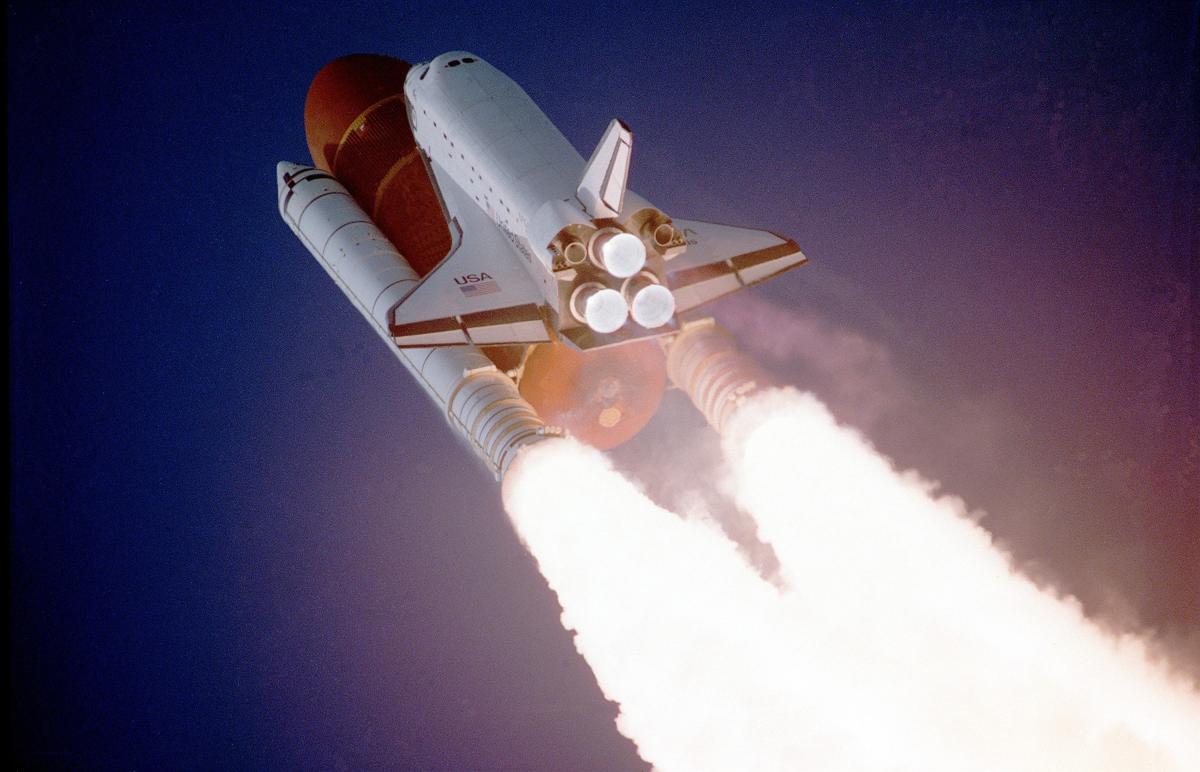
Animal Life Cycles: Lesson 5
This is lesson 5 of the Life Science Unit. Students describe the life cycle of a chosen animal through photography or stop animation. This engaging lesson includes optional fiction read-alouds

This is lesson 4 of the Life Science Unit. Students will evaluate and identify how the features of a young animal offspring and parent are similar (not identical) and different. They will code the

In this lesson students use a picture book to look for cause and effect relationships between biotic and abiotic factors in an ecosystems using systems thinking strategies. Students create a

In this hands-on lesson, students will use robotics to create an automated system that simulates the cleanup of a natural disaster. In this case, a nuclear reactor explosion. Students will program

This lesson provides opportunity to our students to apply their knowledge in solving real world problems. The students will create a new design for a cereal box using math, art and design. They also

This is a multiple-day lesson plan based on Newton's 3 Laws of Motion. Students begin the lesson by collecting data observing coins moving across a table. After making the observations, students will

How can we design and engineer sports venues of the future that practice sustainability? According to the Green Sports Alliance, 17% of the world's population follows science but about 80% follow

This engaging lesson is the 2nd lesson in a series of 2 focused on data science inquiry. Students use their My Data Portraits from Lesson 1 for data collection, analysis, presentation, reflection and

This lesson expands upon ASU's Ask a Biologist "Monster Manual" Activity to include CAD (Computer-Aided Design). Students learn about DNA and how we inherit traits through an analogy of decoding a

This hands-on lesson asks students to design and build a storage system that utilizes excess rainwater for the purpose of reuse in a garden. Students explore science, math, and engineering principles

In this lesson, students will learn about the different types of flying machines and differentiate between them and identify the different parts of a drone. They will also learn about their functions.

In this lesson, students apply what they learn about series and parallel circuits in building their concept of electrical power. They experiment and gather evidence through PHET Circuit Construction

This lesson is Part 2 of an engineering challenge. In Cooling Structure Challenge Part 2 students will use what they learned when they designed, built, and tested their prototype in Part 1. Often we

Fashion design and apparel engineering is a multidisciplinary field that combines the knowledge of engineering, technology, math, science and the arts with the creativity of fashion design. In this

Students use GIS and analyze another digital map before constructing a model to explain human impacts on different biomes across the globe.

Students create an animated model of a Mars mission lander or rover landing on Mars. Students learn and demonstrate basic Google slide skills of inserting images and text, changing slide backgrounds

This is a four part STEM project that incorporates several of the fifth grade math & science standards. Time allowance is one-two weeks. Students are given the opportunity to research an animal

This 2-Day STEM lesson takes place in a science classroom after students have explored the sun and solar system (including our planet, the moon, and asteroids), and is intended to focus on

Students play a game to model and graph the effects an invasive species on a local ecosystem before analyzing a case study and completing a research project.

Lesson 2 of 4 Students will investigate and research key factors that impact urban heat islands. Equipped with evidence, students will draft a scaled drawing of a master-planned community applying

Students recreate a unique Operation board game with a circuit that lights with an LED and buzzes with a piezo. Students use the Engineering Design Process to plan and document their process. Students

What are we learning? We are learning about the history of the Mars Rover program and how scientists had to work together to solve problems and make sure the rover landed safely on the Red Planet. We

In this integrated STEM + Math lesson, students will learn about and then create blueprints. This lesson demonstrates how blueprints can be used as part of the process in solving real world challenges

Design Challenge: · Introduce the design challenge (25 mins total) You’re rushing to make your flight to Disney World when you trip and drop an important item into a storm drain. You only have items
